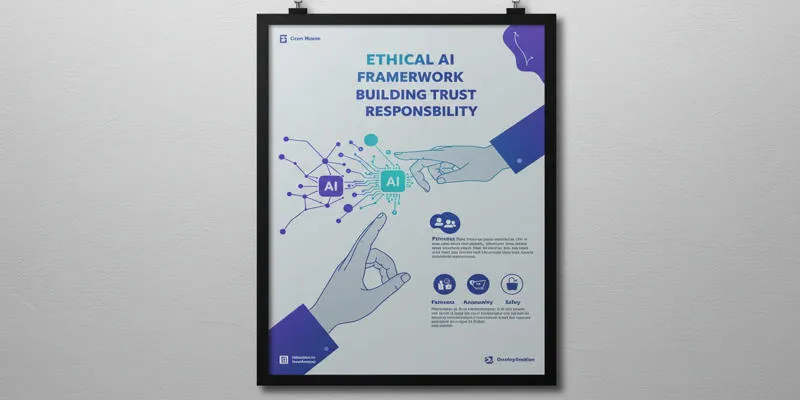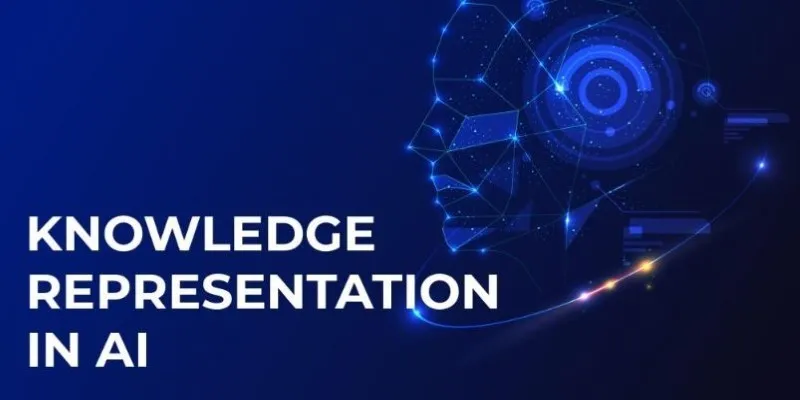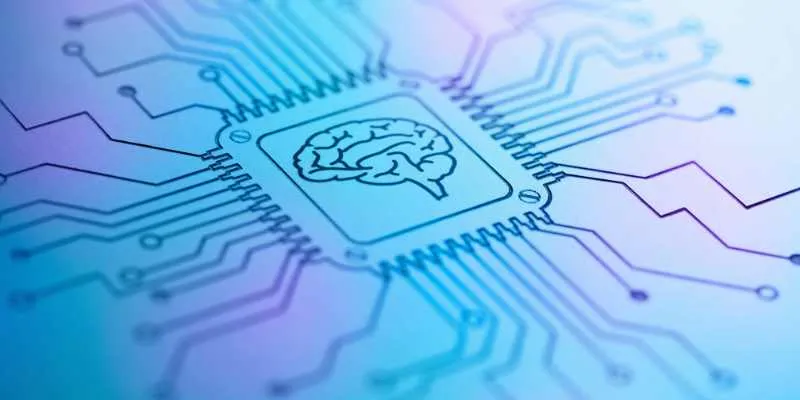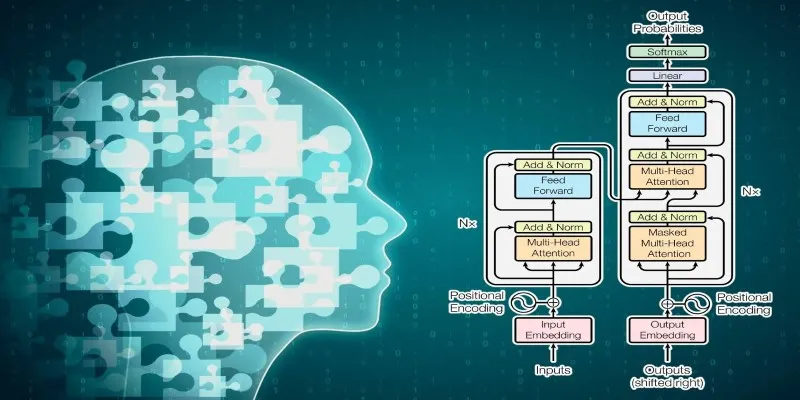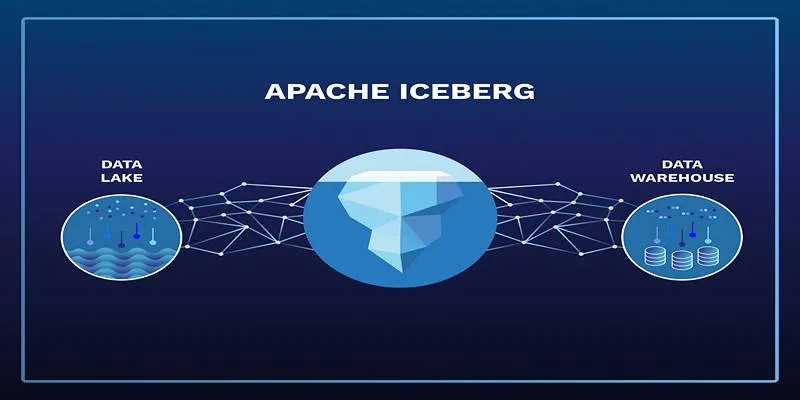Technology has always borrowed ideas from nature, but now it’s looking inward — to the human brain itself. Neuromorphic computing is one of the most exciting developments in artificial intelligence, not because it makes machines faster but because it makes them think differently. Instead of relying on traditional computing rules, this new approach tries to recreate how our brain processes information — learning, adapting, and solving problems on the go.
It’s a bold step toward building smarter, energy-efficient systems that can handle real-world challenges. Neuromorphic computing isn’t just another upgrade — it’s AI inspired by the human brain at its core.
What is Neuromorphic Computing?
Neuromorphic computing is a new and exciting area of technology that takes its inspiration directly from the human brain. Instead of following the old, traditional way of computing — where machines simply follow fixed instructions — neuromorphic computing aims to create systems that can think, learn, and adapt much like we do. It focuses on building computer chips and circuits designed to work like brain neurons and synapses, allowing machines to handle information in a smarter, more human-like way.
Unlike traditional computers that deal with information in a fixed, sequential way, neuromorphic systems handle several streams of information concurrently, the way our brain works. This enables them to undertake sophisticated tasks such as image analysis, pattern identification, and rapid decision-making more efficiently. What distinguishes them is their energy-efficient design, which tries to replicate the brain’s ability to analyze huge amounts of information at very little power consumption.
This technology represents a major shift in how we think about artificial intelligence. Neuromorphic computing isn’t just about making machines faster — it’s about building systems that think more like us. It’s a true example of AI inspired by the human brain, opening doors to smarter, more adaptive technology.
How Neuromorphic Computing Works?
Understanding how neuromorphic computing works starts with looking at the greatest computer ever created—the human brain. Our brain is built with billions of tiny cells called neurons, all connected through pathways known as synapses. These neurons constantly send and receive electrical signals, helping us think, learn, and react in real-time. Neuromorphic computing takes this same idea and applies it to technology. Instead of using the old step-by-step methods found in traditional computers, it uses special chips called neuromorphic processors that act like artificial brains.

These processors are designed with their version of neurons and synapses, allowing them to function more like a human brain. Instead of simply following instructions, they learn from patterns, adapt to new information, and handle multiple signals at once through parallel processing. This unique ability helps them tackle complex tasks faster and more intelligently. Another standout feature of neuromorphic computing is its energy efficiency. Like the human brain, these chips aim to deliver high performance while consuming very little power.
This isn’t about making machines faster — it’s about making them think and learn more naturally. Neuromorphic computing opens up a future where devices respond, adapt, and evolve just like we do.
Applications of Neuromorphic Computing
Neuromorphic computing is still in its early stages, but its potential is huge. It can make a difference in many areas.
Healthcare is one of the key fields. Medical devices powered by neuromorphic systems can help doctors analyze patient data faster and more accurately. For example, brain implants that can detect and predict seizures or advanced prosthetics that respond naturally to the user’s movements could become possible.
Another area is robotics. Traditional robots follow pre-set commands, but robots with neuromorphic computing can learn from their environment. They can adapt to changes, learn new tasks, and even improve their performance over time. This is a direct example of AI inspired by the human brain at work.
Smart devices like smartphones and home assistants can also benefit. Neuromorphic chips can help these devices understand natural language better, recognize faces, or process images more efficiently. This can lead to devices that respond faster, work better offline, and use less battery power.
Self-driving cars are another exciting area. These cars need to process a huge amount of data from their sensors to make quick decisions on the road. Neuromorphic computing can help these systems analyze data faster, leading to safer and smarter vehicles.
Security systems, industrial automation, and even space exploration are other areas where neuromorphic computing could play a major role. Systems that can learn and adapt will have an edge in environments where conditions change rapidly.
Challenges and Future of Neuromorphic Computing
The future of neuromorphic computing looks exciting, but several challenges must be overcome first. Building hardware that mimics the brain’s structure is complex and demands new materials, advanced techniques, and extensive research. Unlike traditional processors, these chips require precise design to achieve both performance and reliability, making the journey toward widespread adoption a long but promising one.

Software development is another obstacle. Most existing programs are built for standard computing systems, not for machines that mimic the brain. Developers will need to create new programming tools, algorithms, and systems that fully unlock the potential of neuromorphic computing.
Important concerns about privacy, safety, and control also exist. As these systems become smarter and more human-like in their behavior, questions arise about how they interact with users and handle sensitive data.
Even with these challenges, the future looks bright. Global research efforts and investments are pushing the technology forward. In time, neuromorphic computing may reshape healthcare, robotics, smart devices, and more. This is no longer just a concept — AI inspired by the human brain is steadily becoming a reality, leading us into a smarter and more adaptive world.
Conclusion
Neuromorphic computing marks a bold step toward a future where machines think, learn, and adapt like humans. By mimicking the brain’s structure, this technology promises smarter, faster, and energy-efficient systems. While challenges remain in hardware development, software adaptation, and privacy concerns, the progress so far is inspiring. As research grows, neuromorphic computing will likely shape the next generation of AI-driven devices, making the idea of AI inspired by the human brain a practical reality in our everyday lives.
 zfn9
zfn9
